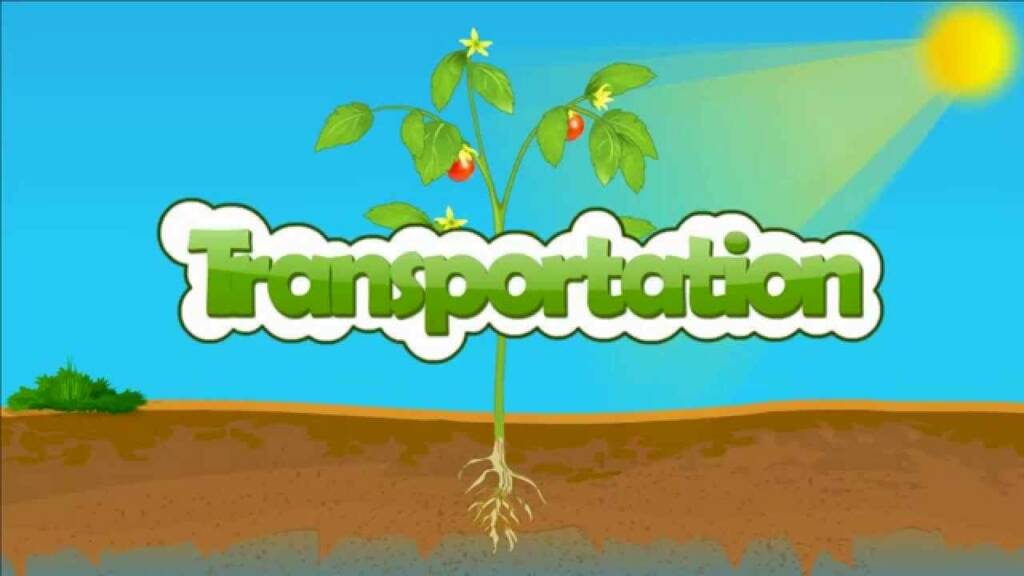Transportation Of Food and Water in Plants for Students of Class 10
Understanding how plants take care of themselves and allocate essential resources helps us appreciate the wonders of nature’s inner workings. For class 10 students, we will examine the simplest method of food and water transportation in plants in this article.
Transportation Of Food and Water in Plants Class 10
Ever wonder how plants take in food and cool their thirst? As we explore the mysteries surrounding the transportation of food and water in plants, buckle up for an exciting journey. Fasten your seatbelts and join me as we explore the amazing field of plant physiology!
Let’s start by discussing the water highway found in plants. Imagine this: plants have a complex system of tubes called xylem and phloem that resemble our veins and arteries. The process of transporting water and minerals from the roots to the leaves is called xylem, and it looks like a plant’s water pipe. It’s like a lifeline, giving the plant the much-needed moisture in all of its nooks and crannies. Consider it the individual water delivery system for a plant!
The phloem, on the other hand, is the sweet diversion from the sugary pleasures. The glucose produced during photosynthesis—the plant’s version of a tasty energy boost—is transported by this transport system. The phloem transports food both up and down the plant in a two-way traffic system. It guarantees that every component receives an equal portion of the benefits, much like a plant’s very own food delivery app.
Let’s now explore the specifics of how this magic of transportation of food and water in plants works. You see, there’s a little bit of science involved here; it’s not just a matter of water and nutrients sloshing around. It all comes down to a lovely process called transpiration, in which water vapor from the leaves causes a tiny force that acts as a suction force to draw water up the plant through the xylem. It is the natural hydraulic system!
Also Read: What Is Ozone and How Does It Affect Any Ecosystem? – Answer
This transportation spectacle also heavily relies on the process of photosynthesis. The moment those verdant, sun-kissed leaves begin to produce glucose, a series of events are triggered, causing the phloem to mobilize and supply the sugary substance to every section of the plant. It resembles a plant’s delectable prize for all of its labor-intensive solar radiation absorption.
So, dear aspiring botanists, consider the amazing inner workings of these silent but effective food and water transportation systems the next time you feast your eyes on a lush green garden. Despite not having legs, plants sure know how to get food and drink!
